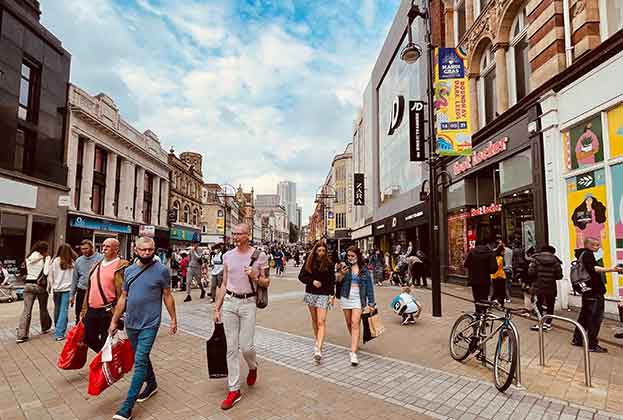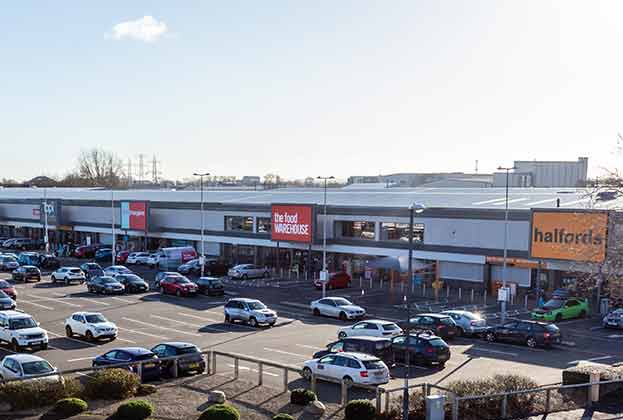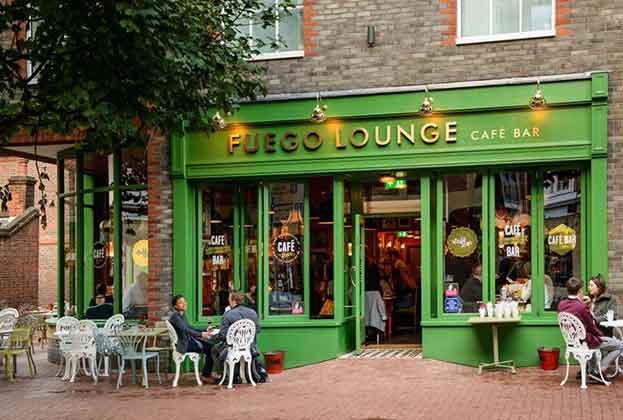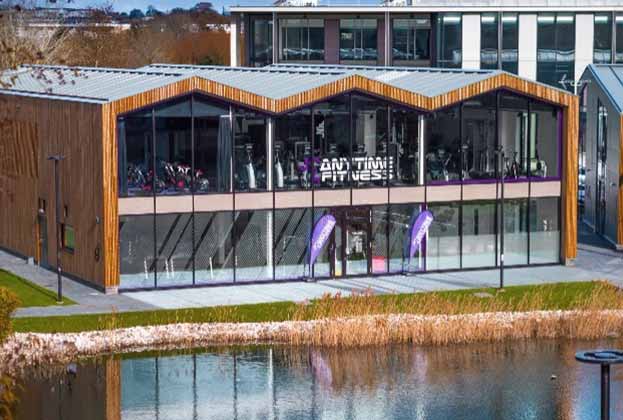With the leisure market facing the first festive period in three years without consumer restriction, following strong growth over the summer months, how much will consumer spend be tapered with the rising cost of living and, what other financial pressures face operators, as we move towards 2023?
Key consumer trends
Leisure spend reported strong growth over the summer; however, mounting financial pressures will challenge the sector in the short term
Following a relatively robust summer period for leisure consumer spend, the UK is now wrestling with further economic uncertainty, an inflationary-linked squeeze on discretionary spending and weakened consumer sentiment.
GfK’s October consumer confidence index reported further decline into record low territory, with the climate for major purchases dropping a further three points to -41 (down 31 points from its 2021 equivalent levels).
This has fed through into card spend data, as households begin to reign in on non-essential spending. Revolut’s index is somewhat telling of the current trend, with total card spend in September reporting a -6.3% decline month-on-month, the largest monthly fall since January 2022.
Nevertheless, spend on both entertainment and pubs/restaurants/fast food continued reporting strong year-on-year growth of 34% and 22% respectively in September, outperforming retail growth of 12% over the same period (figure 1). However, this does represent softening compared to the heightened growth rates reported through the summer months, with September reporting the first month-on-month declines since May 2022 for both of the leisure indexes (figure 2).
The question therefore must be, is a retraction in spend a short-term reaction as consumers ‘wait and see’ what impact their rising monthly costs will have on their disposable income? Or are we seeing the beginning of a longer-term trend, as the public swing into belt-tightening mode, particularly over the winter months when energy costs are likely to be at their highest?
A cursory look at past economic downturns, particularly the GFC, coupled with the fact that this year will see the first Christmas in the last three with no restrictions on the movement of consumers, means we shouldn’t necessarily be quick to assume the worst. As this report will discuss, the answer will undoubtedly lie somewhere in the middle, with the next six months seeing both periods of elevated spend as well as consumers cutting back, typical in the run-up to the festive period and subsequent post-Yuletide cut-back. The question is how much will spend be tapered in both the period of heightened consumer engagement and, in a post-Christmas period when consumer leisure spend is typically reduced anyway?
Occupational market
Consumer engagement in leisure activities sees leisure spend increasingly improve, as lockdowns become a thing of the past
In order to look forward, we must first look back. It would be difficult to underestimate the challenges the leisure market faced during the grip of the global pandemic. Indeed some sectors of the market fared better than others and the impact of physical closures, diversification of business streams and the rise in takeaway spend have all been well documented. So what did all of this mean for operator performance, new openings and closures across the various sub-categories since the end of 2019?
Takeaways and fast food outlets went from strength to strength; the segment reported sales growth of 71.5% in August 2021 vs August 2019. This has been evidenced through the overall increase in the number of units, with a net growth of c.8,900 units since Q4 2019, representing the fastest-growing UK retail/leisure subsector.
For other sectors of the leisure market, that couldn’t ‘cash in’ on lockdowns like fast-food and delivery, and who faced long periods with no trade whatsoever, the end of lockdown has provided for some exceptional resurgence in spend, with consumers keen to return as much as possible to a pre-pandemic ‘normal’ in their spending habits.
From May 2021 and the end of the UK’s national lockdown programme, leisure spend has remained above the mid-2018 benchmark
Sam Arrowsmith, Director, Commercial Research
GlobalData’s monthly survey of 2,000 consumers (carried out among a representative sample of the population in terms of demographics and geography), does much to support the findings of Revolut’s card spend index and the strong year-on-year growth we have seen in spend in entertainment and pubs, restaurants and fast food (figure 1).
From May 2021 and the end of the UK’s national lockdown programme, leisure spend has remained above the mid-2018 benchmark. Currently, the index stands at 123.5, suggesting we are seeing 24% more spend on leisure in September of this year, compared to that in August 2018.
Despite leisure spend indexing -27.3 points lower than the same month last year, the result is somewhat masked by such high post-lockdown-driven comparatives in the previous year’s performance. August and September 2021 saw particularly high index scores in reaction to a considerable amount of pent-up demand.
In fact, for the first time, the Bank of England’s data highlighted that household savings in August 2021 remained 116.6% above the 2015–2019 monthly average, albeit reporting a -29.0% drop compared to monthly averages in 2020; whilst UK households were continuing to save above pre-Covid levels, the level of saving was quickly beginning to fall in line with the reopening of various retail and leisure sectors, subsequently driving an uplift in household disposable income spend.
As the market has settled after a period of elevated spend post-lockdown, it is pleasing to see the current outlook remains positive. GlobalData’s leisure index reported 2.2 points increase in September on the previous month and remains well in excess of the levels seen pre-pandemic. As a result, 15.1% of all monthly consumer spend is thought to have been spent on leisure activities this September. In February 2020, the month before the pandemic struck, leisure accounted for 14.5% of all consumer spend.
Read the articles within Spotlight: UK Leisure – 2022 below.








